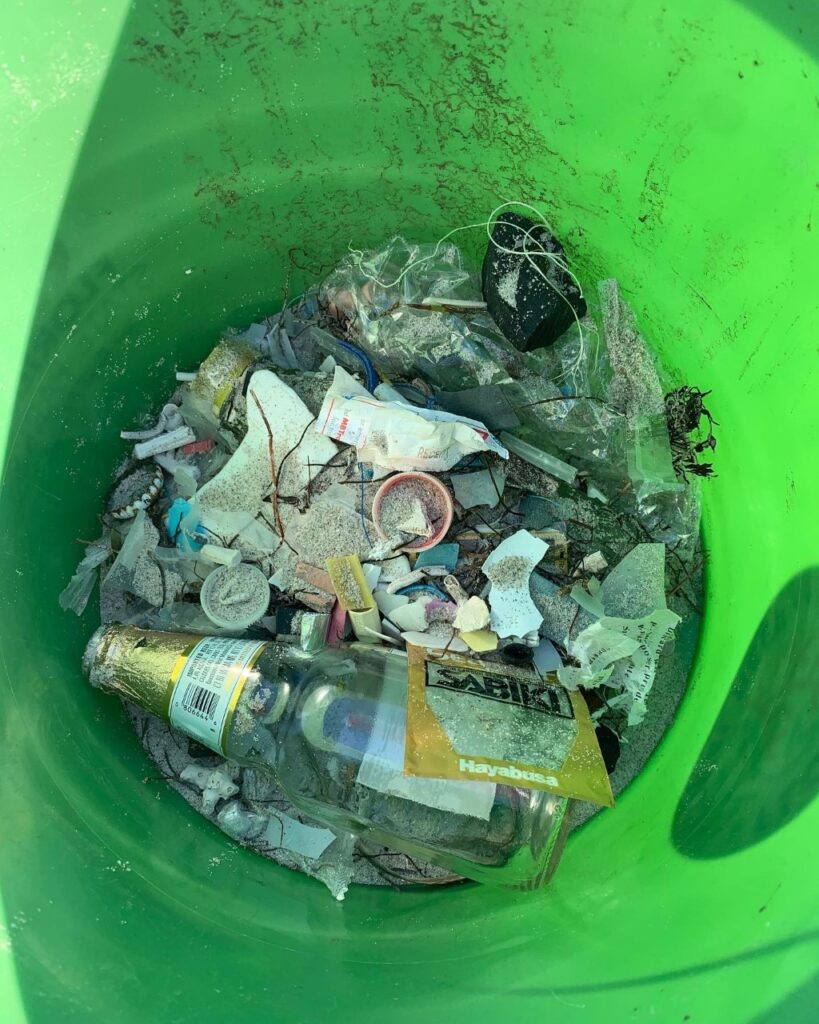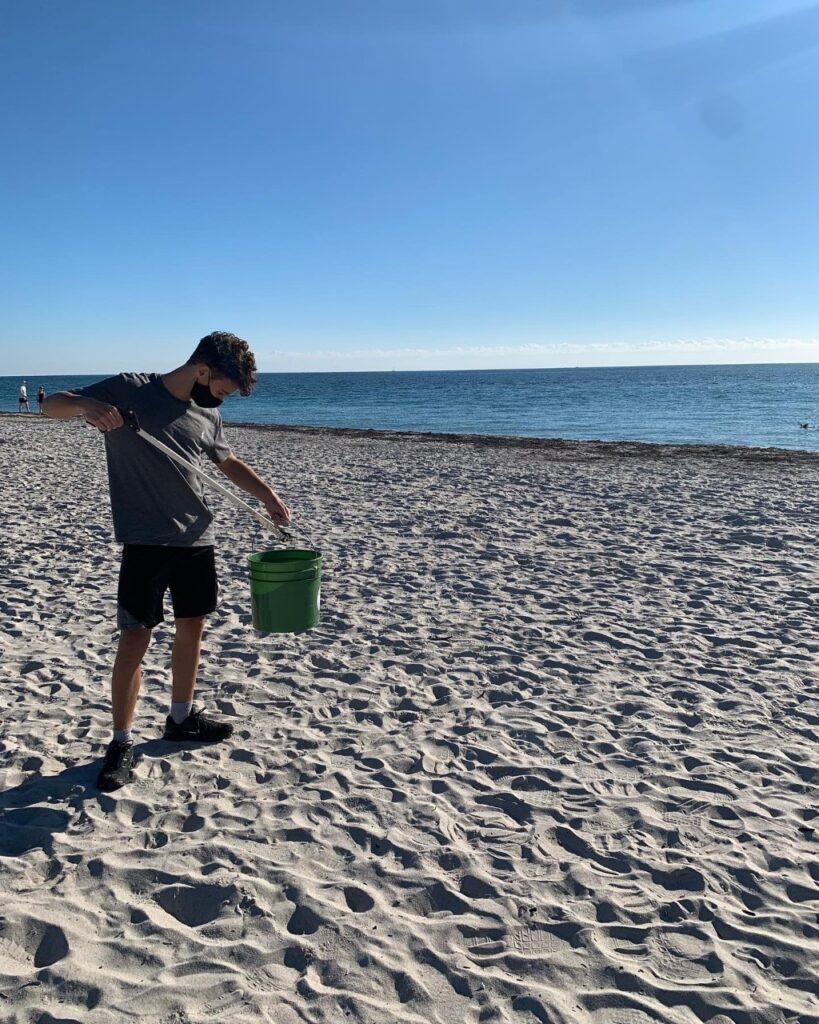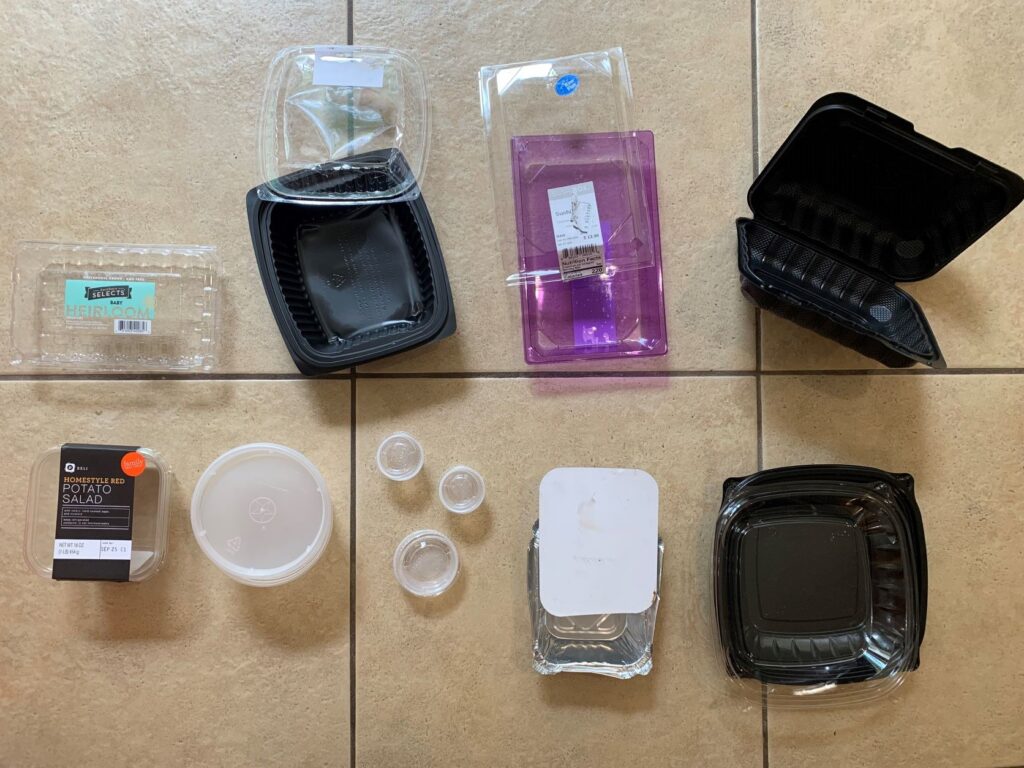I worked for a Change Implementation firm for 17 years. Organizations often know what they need to change or achieve to succeed. They may have tried, either on their own, or with help from consulting firms to get the changes or improvements implemented with limited to no success. Because change is hard. Human beings don’t want to change. They resist it, and probably with good reason because way back when, in our caveman days, the known and understood was ‘safe’. It was how we survived. ‘Don’t eat the strange berries’, ‘Don’t wander out into the unknown wilderness’, ‘Stay inside with everyone else next to the warm fire’, etc.
To get one human to change their behavior (think losing 10 lbs or kicking a toxic habit like nicotine, alcohol or drugs) is very difficult. It takes diligence by that individual and maybe some support from family, friends and professionals. Trying to change thousands of humans at the same time in one organization requires tremendous commitment, dedication and focus by the leadership of that organization. Individuals don’t naturally want to go out on a limb and do anything against the culture of an organization. That would have spelled certain death to our ancestors if ‘kicked out of the tribe’. To change the consumption habits of 195 countries and 8 billion people around the world? Seems damn near impossible. Why even try? Because we must. Because it is the only way to ensure a livable planet for our grandchildren.
One of the ‘mental models’ we used with leaders to help them understand how to manage change successfully is The Change Equation, (Beckhard and Harris, 1987):

The idea is that you should expect resistance to change (R) and the levers that you can pull to ensure that you overcome this inevitable resistance are Dissatisfaction (D), Vision (V) and (knowledge of) First Steps (F)
Dissatisfaction (D)
All change begins with dissatisfaction with the current state and a recognition that the pain of not changing will be greater than the temporary pain and uncertainty of the change. Leaders cannot assume that everyone in their organization understands why the current state is ‘bad’ and must change.
When we think about Climate Change and global warming there is a whole lot of dissatisfaction. Environmentalists and scientists have been dissatisfied for decades warning of eco-system collapse. Our children who will inherit a plundered planet know they are being given a lousy deal. The poor who see millions of tonnes of food wasted daily while millions go hungry around the world can see the injustice of our current food production system.
But there is still not enough dissatisfaction where it matters; with the upper and middle class. We want to ‘have our cake and eat it too’. We want to jump in our comfortable, climate controlled car that sits idle in our driveways an average of 95% of the time whenever we want. We want to have the convenience of take out because we are just ‘too tired’ to cook. And besides, we think, it can’t really be that harmful, right? We believe lies (like, ‘recycling is effective’) because we don’t want to believe the immensely inconvenient and shameful truth.
Who is definitely not feeling any dissatisfaction with the status quo are the leaders and investors of energy companies making trillions of dollars pulling fossil fuels out of the earth. There is zero incentive for them to be dissatisfied.
Vision (V)
There must be a compelling vision that everyone in the organization understands of what we are trying to achieve. Everyone needs to be able to internalize that vision on a personal level and believe that it will be better for them. i.e. “What do we need to or want to create and achieve – together?”
I can imagine what the future could look like. It is better than what we have now. We have shared, convenient transport and other services run on clean energy. Packaging (when we use it) is reused leaving no footprint on the earth. We have no landfills! We wouldn’t need them because there is no waste from the production of goods and services. We do not waste food, and no one goes hungry. Manufacturers actually generate more wealth because they do not throw away valuable resources in production. Imagine that.
But what happens to the energy company employee who is a supervisor on an offshore oil and gas platform? He’s been there for twenty years and it’s (currently) all he knows how to do. He’s very good at it by the way and takes great pride in his work. What is he doing in my future? How does he transition? Too many people, in too many current jobs in our economy, cannot envision how they would fit into that future. We must address the very real and valid fears that people have for their livelihoods. It cannot be ignored.
Knowledge of First Steps (F)
Vision without action is nothing more than a ‘pie in the sky’ great idea without a roadmap. People need to know how to start.
The good news is that we know what we need to do. We have many pilot Circular Economy initiatives. Companies are doing great work around the world producing clean energy, bio-benign packaging and farming regeneratively. But they struggle to be competitive because the regulatory and financial structures of our existing economy still favor destruction of our natural world over preservation.
What is obvious is that this will not be successful without bringing the energy companies along. Energy companies are not doing nearly enough. They need to have net zero goals and commitments to align with the Paris agreement. They need to transition their businesses away from fossil fuels. And preferably before governments force them to with mandates.
This will probably need to come down to a public/private partnership. ‘Energy’ producers will have to actually live up to their new branding and diversify how they invest in new energy production. They will need to set a date (let’s say 2030) to stop taking fossil fuels out of the ground and make a genuine (not a PR) effort to retrain their employees to understand their place and be successful in a new energy generation reality. Plastic packaging producers, as downstream recipients of fossil fuels, will need to be ready with alternative bio-benign materials or, preferably, reuse models for packaging by that date.
Governments, in partnership, need to negotiate subsidies and support for the changes, and be ready to impose hefty taxes on the use of fossil fuels at some agreed to deadline date so that alternative energy and alternative packaging becomes cost-competitive. There is nothing that focuses an individual, an organization or a country like a deadline.
This may seem radical. It is bold and scary, but we have done bold and scary things before. We have sent humans into space strapped into rockets, basically riding on bombs. We did it because someone set a deadline. We can do this and the only way to do it successfully is to bring everyone along.




